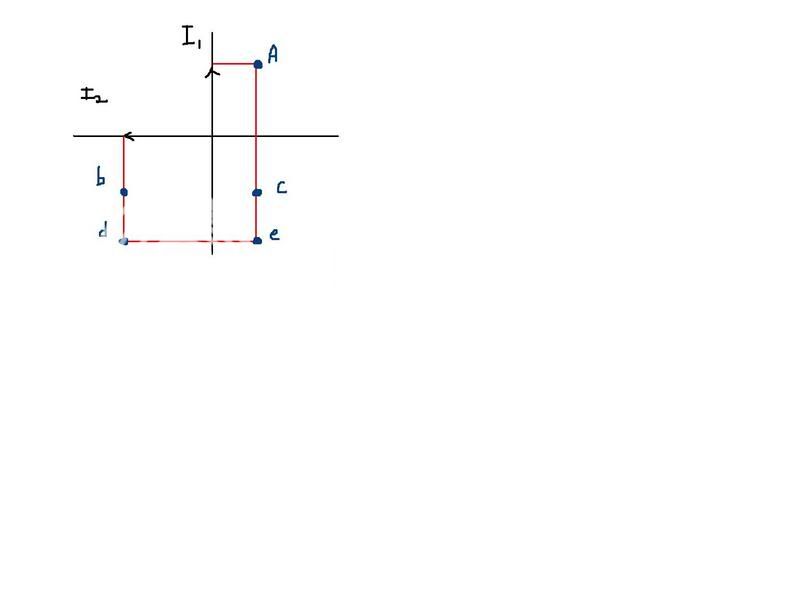Hey,
does friction do work? I have heard from a number of sources that it does not, but then I got this answer from the AAMC test 4:
Also, does gravity do negative work?
1) I believe friction does indeed do work. The unit of work is the joule or a Newton meter. I haven't done the AAMC's yet so I didn't read what they wrote.
When an object slides across a frictional surface, there is a force of friction,
f, acting upon it (in Newtons). For it to do work, it needs to slide a certain distance,
d. So imagine the force of friction,
f over some distance,
d. The result is a Newton-meter, or a Joule in terms in energy. Hence, there is some work done.
2) From what I understand, gravity can do both negative work AND positive work, depending on the direction the object of interest is moving.
Recall the formula:
Fdcos(theta).
Considering the force of gravity, it can be rewritten as:
mgcos(theta)
The part of the formula that determines whether work is positive or negative depends on
cos(theta), and theta is the angle between the force vector acting on the object and the direction in which it is moving.
Hence, if an object begins at some height,
h, and falls down, it moves in the SAME direction as the force of gravity. Therefore, the angle between the
d and
F is 0 degrees. So cos(0) = 1. Work is positive.
Gravity will do negative work if the object is moving in the opposite direction of the gravitational force. So if the object is moving '
up' while gravity is pulling it
'down,' theta will be 180 degrees. Since
cos(180) is -1, work done by
gravity will be negative. *Note that there can be other forces acting on the object that may be doing positive work.
-------------
@Ouchitburns: I have a question for you
You posted a question with springs that baffled me but you edited it. I was quite baffled by the question. If you can, please, PM me, or repost the question/explanation you found for it because it's been bugging me.
I think it was the one with 2 forces acting on both sides of a spring that compresses.
-Thanks.


 I've been doing some practice problems, but unfortunately, there are no answers to them in the book, so I was wondering if someone could evaluate my solutions, as there are 2 or 3 probs I'm not very confident about.
I've been doing some practice problems, but unfortunately, there are no answers to them in the book, so I was wondering if someone could evaluate my solutions, as there are 2 or 3 probs I'm not very confident about. 

